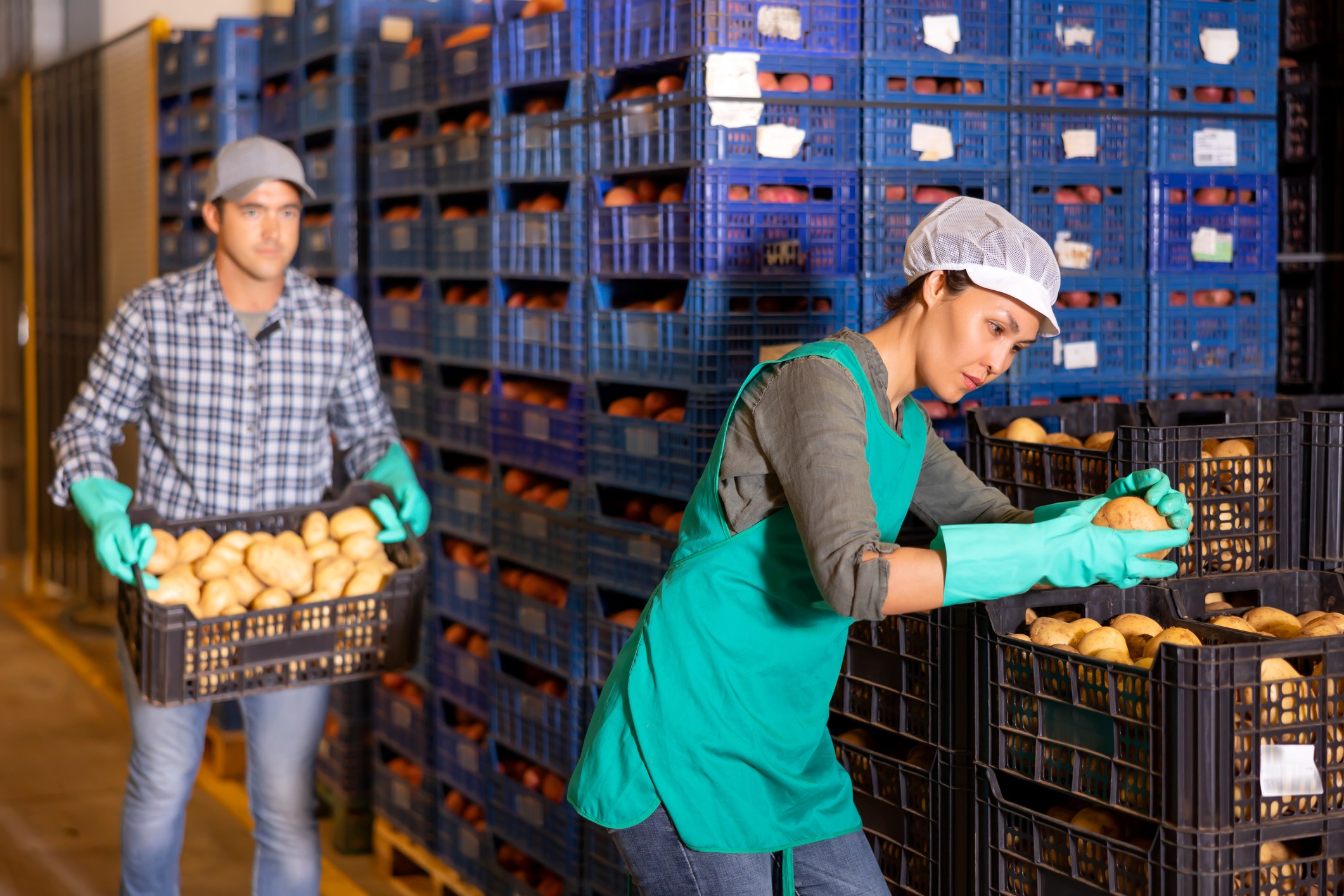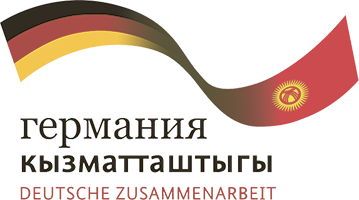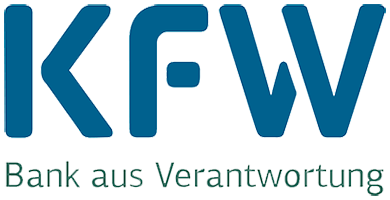Potato VC

Description
In 2022, on around 74,000 ha of land potatoes are grown. The potato production area decreased in the last five years. Yet, assuming an annual demand of the Kyrgyz population on potatoes of around 700,000 t, the domestic potato production of around 1,260,000 t in 2022 exceeded the demand 1.8 times.
Kyrgyzstan has a lot of up-lands that are ideal for potato production, particularly for seed potato production, because virus infestation is relatively low there, due to reduced insect presence.

Current situation and problems
With around 17 t/ha, the average potato yields are low, although individual farmers reach yields of up to 50 t/ha. In areas such as At-Bashi and Naryn ware potato production hardly justifies the risks of the relatively high costs, mainly caused by expenses for seed potatoes and labor requirements. Moreover, the quality of ware potatoes mostly does not reach international standards.
Usually, potato prices fluctuate in dependence of the situation in neighboring countries that import them (mainly Uzbekistan, Kazakhstan, Tajikistan). Due to the Kyrgyz open potato market, Kyrgyzstan’s potato prices strongly react on production results in Russia that in turn are affected by weather conditions (potatoes there are mainly grown on rain-fed land). If the yields in Russia are good, the biggest local potato market, Uzbekistan, imports cheap ones from Russia, in addition or by replacing imports from Pakistan. If yields in Russia are low, the market prices in Kyrgyzstan are correspondingly high. If the Tajik potato yields are low, Tajikistan imports potatoes in significant quantities from Kyrgyzstan or from Pakistan. This influences regional price formation as well.
In addition, potato prices fluctuate seasonally. The price decline starts in August— when the majority of medium-late and late potatoes are harvested— and lasts until February of the following year. From March to July potato prices increase, peaking in June when potato warehouses run out of stock.
Despite the price risks, there is a chance for developing a stable export market for Kyrgyz potatoes, particularly for seed potatoes. The advantages of mountainous areas and irrigated land can be more extensively used. Pre-condition, however, is that yield and quality levels of potato growing can be increased.
How the project assists the value chains
The project intends to support utilizing the potential of Kyrgyzstan to produce potatoes, particularly seed potatoes. Export to neighboring countries, particularly to Uzbekistan, is the main marketing option. For seed multiplication, elite or super-elite seed potatoes from Europe will be multiplied two or three times until they can be sold as seed potatoes. This requires a control and certification system to ensure largely virus-free and generally good quality seed potatoes. Such a system must not necessarily be governmental-run, it can be also a system of private organizations. Decisive is that customers trust the certificate.
For scheme implementation, the project collaborates with AAS to mobilize and advise seed multiplication farms. It further cooperates with importers of elite seed potatoes for delivery to multiplication farms in the right quality, with farmer groups for producing ware potatoes, to purchase quality seed potatoes, and with associations or other relevant organizations or companies, to establish the mentioned quality control and certification system. In addition, collaboration with exporting companies will be required to ensure seed potato sales. These partners will be linked to each other and advised as far as needed.





